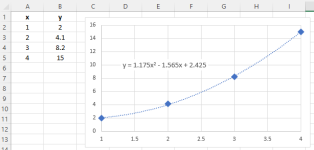Moosetracks
Member
I plan to use a profile sensor or something like that measure the distances between the gantry’s Z height and the Z height of the conveyor. Ideally the two would be parallel, but in the real world there will be some variation. So, my plan is to take Z heights all along the conveyor and have a mesh (a 3d representation using points). Then when I need to move to a specific part of the conveyor, I can use the mesh to determine what the conveyors Z is at that point. Are there any built in means to handle this in the PLC, or a common approach to doing something like this that I could use so I am not reinventing the wheel?



